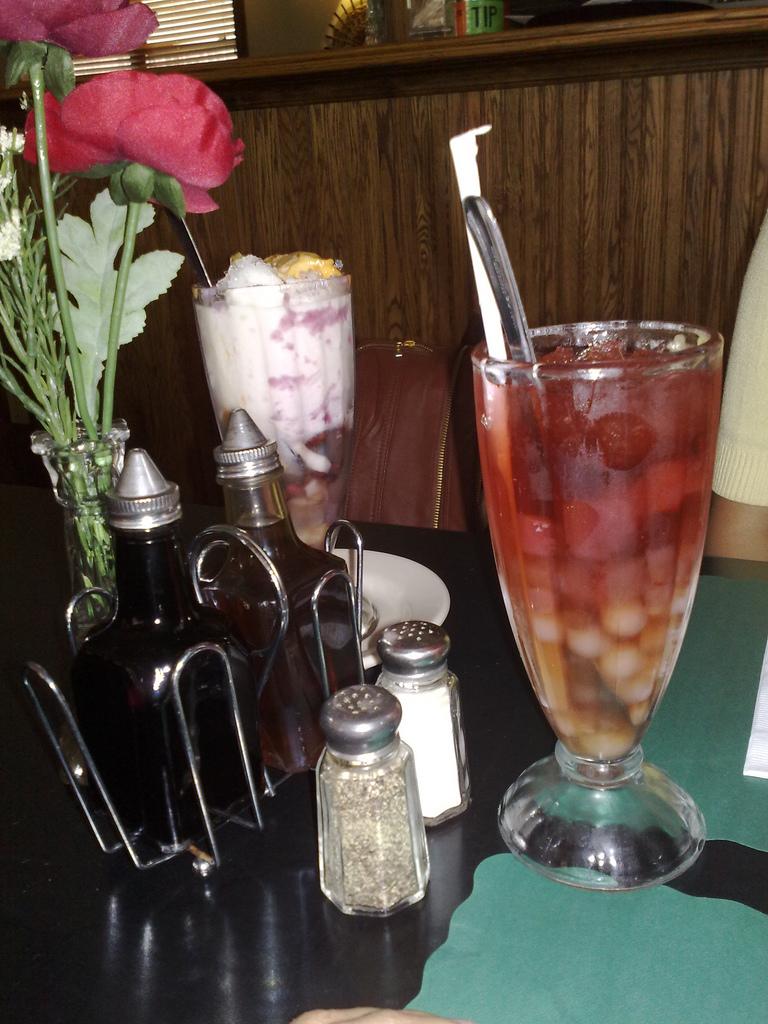
Busy streets in cities around the country are made colorful by the many interesting street food and drinks peddled by vendors, coaxing pedestrians and travellers alike into samplin their products. As the streets can get warm and tiresome during the day, a drink known for its curious taste, colors, coolness and affordability is particularly popular to the common man: sago't gulaman.
Sometimes referred to as samalamig or sago't gulaman, sold at roadside stalls and vendors. This drink consists of gulaman cubes and/or sago (tapioca pearls) suspended in milk, fruit juice or brown-sugar water flavored with pandan leaves.
This drink comes in many vibrant colors that are particularly appealing to those looking for a cold, refreshing drink. They are served in dsposabl plastic cups although they used to be more commonly served in glasses in the past.
Gulaman, in Filipino cuisine, refers to the bars of dried seaweed used to make jellies or flan, as well as the desserts made from it. Agarose or agar is made of processed seaweed, mostly from Gelidium corneum--one of the most common edible alga, dehydrated and formed into foot-long dry bars which are either plain or coloured.
The gulaman jelly bars are used in the various Filipino refreshments or desserts such as sago at gulaman (or gulaman at sago, commonly shortened to sago't gulaman), buko pandan, agar flan, halo-halo, different varieties of Filipino fruit salads, black gulaman, and red gulaman.
The term gelatine and gulaman are used synonymously in the Philippines, although they are very different products. While gelatine is a protein, gulaman is a plant-derived carbohydrate, made from seaweed. This distinction makes gulaman suitable for those who may not eat gelatine for religious or cultural reasons, such as Muslims.
Gelatine dissolves in hot water but boiling water is necessary to dissolve gulaman. Unlike gelatine which sets at refrigerator temperature, gulaman sets at room temperature. While gelatine can melt at room temperature, it is uniquely thermo-reversible to its previous shape and form.
When used in desserts, gulaman produces a firm-textured product.










